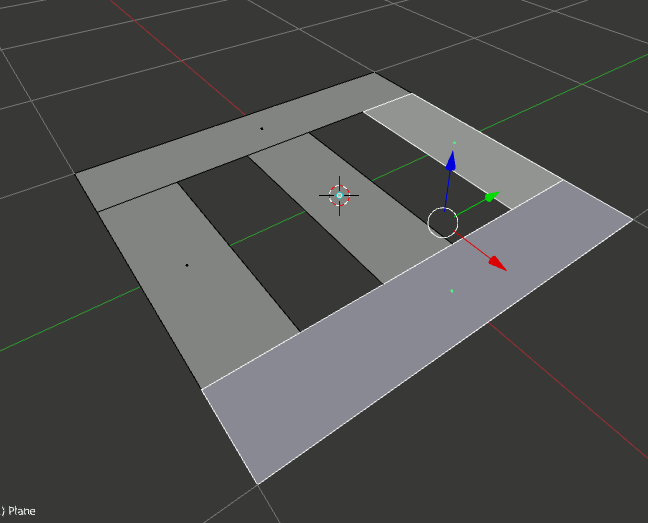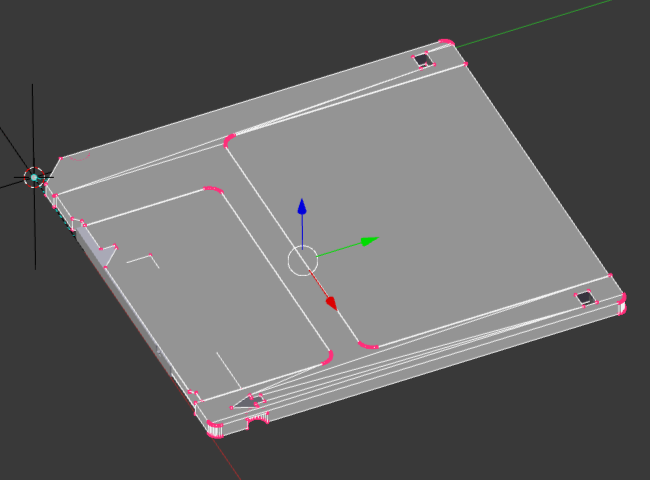You can't (at least - not the way you want)
SketchUp very cleverly abstracts away the underlying geometry by rendering all connected faces on the same plane as one surface (unless you tell it not to). With this visual abstraction SketchUp allows surfaces to have gaps.
Blender's geometry model, known as BMesh, treats surfaces differently, it has a model of Tris, Quads and Ngons. BMesh does not allow holes in an Ngon (by design). By extension of this fact, you won't have exactly the same representation in Blender as you would in SketchUp for the same model. Blender won't magically abstract connected faces on the same plane into surfaces the way SketchUp does.

The loaded geometry will be correct, but in edit mode you will see the real geometry the way it exists in the .dae.
Blender is designed to let you edit the underlying geometry. it is a true polygon modeller. Ngon support with BMesh is a relatively recent development -- before that it was quads and tris only.
What you could do is:
- enter
Edit Modefor each object - select all
- Delete -> Limited Dissolve
You will get a mesh that is perhaps more convenient.
Another option is to press Alt+JAlt+J in edit mode, wich will transform all the triangles into quads.

